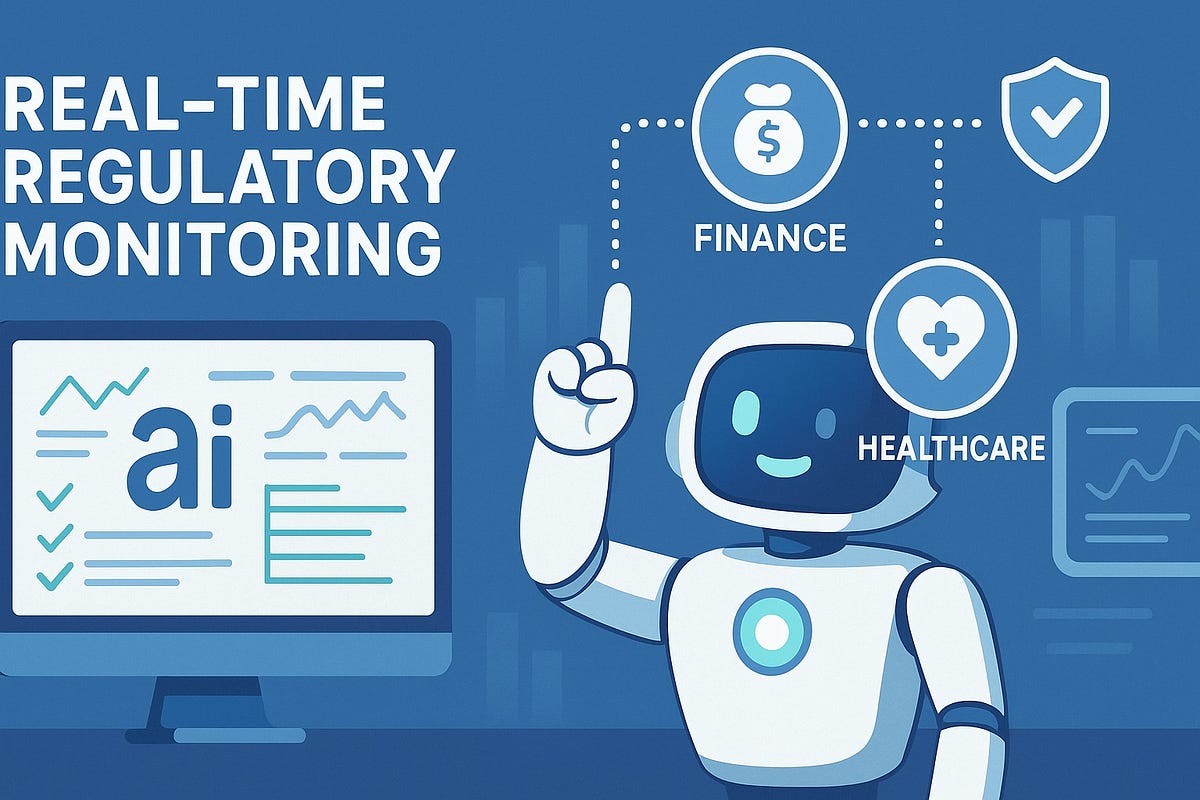For decades, enterprise compliance has been a cycle of manual reviews, annual audits, and after-the-fact reports. By the time risks were identified, the damage — reputational or financial — was often already done.
Today, AI is rewriting that story. Enterprises are shifting from static compliance checklists to dynamic, AI-powered audit automation systems capable of analyzing risk continuously across business functions, regions, and data streams.
AI doesn’t just find what went wrong — it predicts what might go wrong next.
From Manual Audits to Machine Intelligence
Traditional audits depend on human sampling and retrospective review. But business systems today generate terabytes of transactions, documents, and communications every week. No audit team can realistically monitor that volume in real time.
Enter AI-driven audit automation. By combining machine learning (ML), natural language processing (NLP), and knowledge graph technologies, enterprises can automatically identify anomalies, correlate data patterns, and flag potential violations as they happen.
Example Capabilities:
- Transaction monitoring for suspicious patterns or unusual financial flows
- Document analysis to detect outdated or non-compliant policy language
- Access control validation ensuring security roles align with policy definitions
- Predictive alerting where models learn from past breaches to flag new risks
The result is not just compliance — it’s continuous risk intelligence.
The Evolution of Enterprise Compliance
The shift toward AI-driven audits is happening across industries — from finance and insurance to healthcare, logistics, and manufacturing.
In finance, algorithms can cross-analyze millions of transactions against AML (Anti-Money Laundering) rules and ESG policies within seconds.
In healthcare, AI systems monitor patient data access to ensure HIPAA and GDPR adherence without human intervention.
These applications build upon the foundational ideas discussed in AI for Compliance and Risk Management Across Industries, extending them from reactive compliance into proactive intelligence.
When AI becomes the auditor, compliance becomes continuous — not calendar-based.
How AI-Powered Audit Automation Works
AI-powered auditing doesn’t replace auditors; it amplifies their capabilities through three major innovations:
- Automated Data Collection
AI pipelines aggregate data across ERP, CRM, HR, and cloud platforms. APIs ensure information is fresh and audit-ready. - Pattern Recognition and Risk Scoring
ML models evaluate data patterns and assign dynamic risk scores, prioritizing what auditors should investigate first. - Explainable AI for Audit Trails
Systems provide natural-language explanations for why anomalies were flagged — ensuring transparency and trust in audit results. - Feedback and Continuous Learning
Each audit cycle strengthens the system, allowing it to detect subtle risk indicators that humans might overlook.
Together, these capabilities enable a closed-loop compliance model — where policy, monitoring, and action reinforce each other automatically.
Integrating AI Compliance with Enterprise Governance
AI-driven audits are most powerful when integrated with broader governance frameworks. This ensures transparency, accountability, and traceability across all AI activities.
To embed these controls effectively, reference the principles in AI Compliance and Security: How to Build Trustworthy AI Using Existing Processes.
That cornerstone guide explains how to adapt existing compliance frameworks — like ISO 27001, SOC 2, or NIST AI RMF — to govern both human and machine decision-making systems.
The Payoff: Risk Intelligence as a Strategic Advantage
AI-powered audit automation doesn’t just reduce risk — it creates business intelligence.
- Faster decision-making: Leadership gets real-time visibility into risk exposure.
- Lower audit costs: AI handles repetitive review tasks, freeing experts for strategic analysis.
- Higher resilience: Continuous compliance strengthens trust with regulators, partners, and customers.
When compliance becomes continuous, trust becomes measurable — and trust is now a competitive differentiator.
The next generation of AI-driven audits won’t just check boxes — they’ll drive better decisions.
Key Takeaways
AI-powered audit automation represents a shift across four major dimensions:
- Audit Frequency:
Enterprises are moving from periodic audits to continuous monitoring. Instead of reviewing quarterly or annually, AI systems audit data streams in real time, ensuring compliance issues are caught the moment they occur. - Data Review:
The old model relied on manual sampling — reviewing a fraction of transactions. AI replaces that with automated full coverage, analyzing every document, access log, and transaction across the enterprise. - Role of AI:
Once a supporting tool, AI is now becoming a core compliance partner — handling detection, correlation, and even contextual explanations for risk events. - Outcome:
Compliance is no longer just about reporting to regulators; it’s about generating predictive risk intelligence that helps leadership make faster, more informed decisions.
AI turns audits from reactive reporting into proactive governance.
Conclusion:
The future of compliance lies not in more checklists, but in smarter systems.
AI-powered audit automation transforms risk management from a reactive duty into a strategic capability.
For enterprises ready to lead, this is the next evolution in compliance — intelligent, transparent, and continuous.
AI Compliance, Enterprise Risk, Audit Automation, Machine Learning, Digital Transformation
